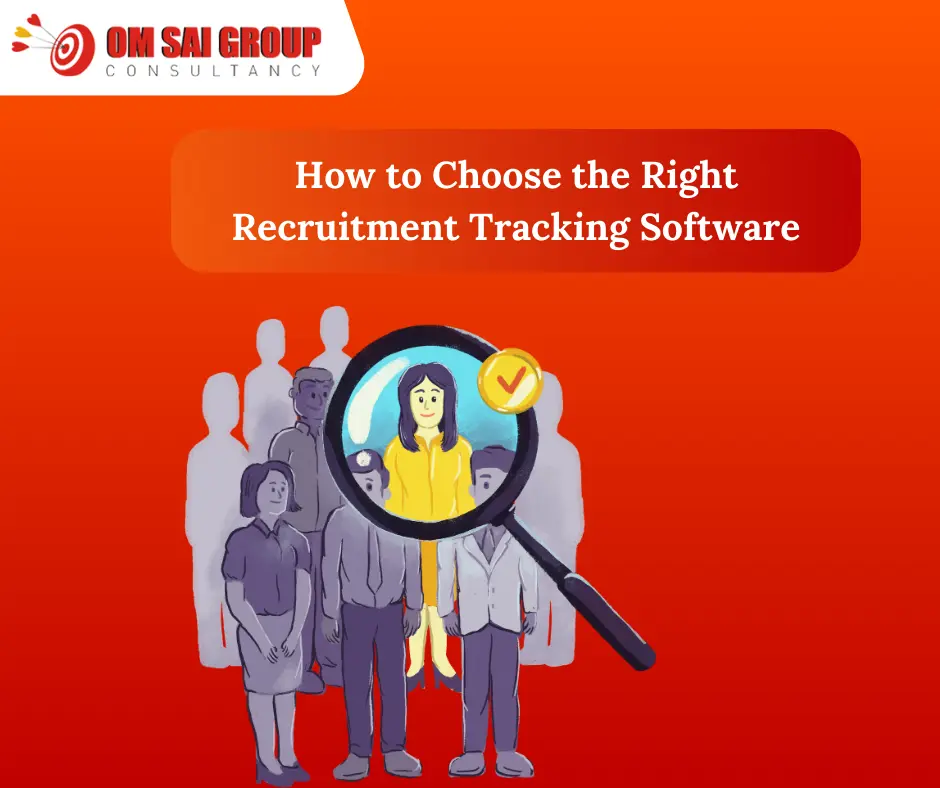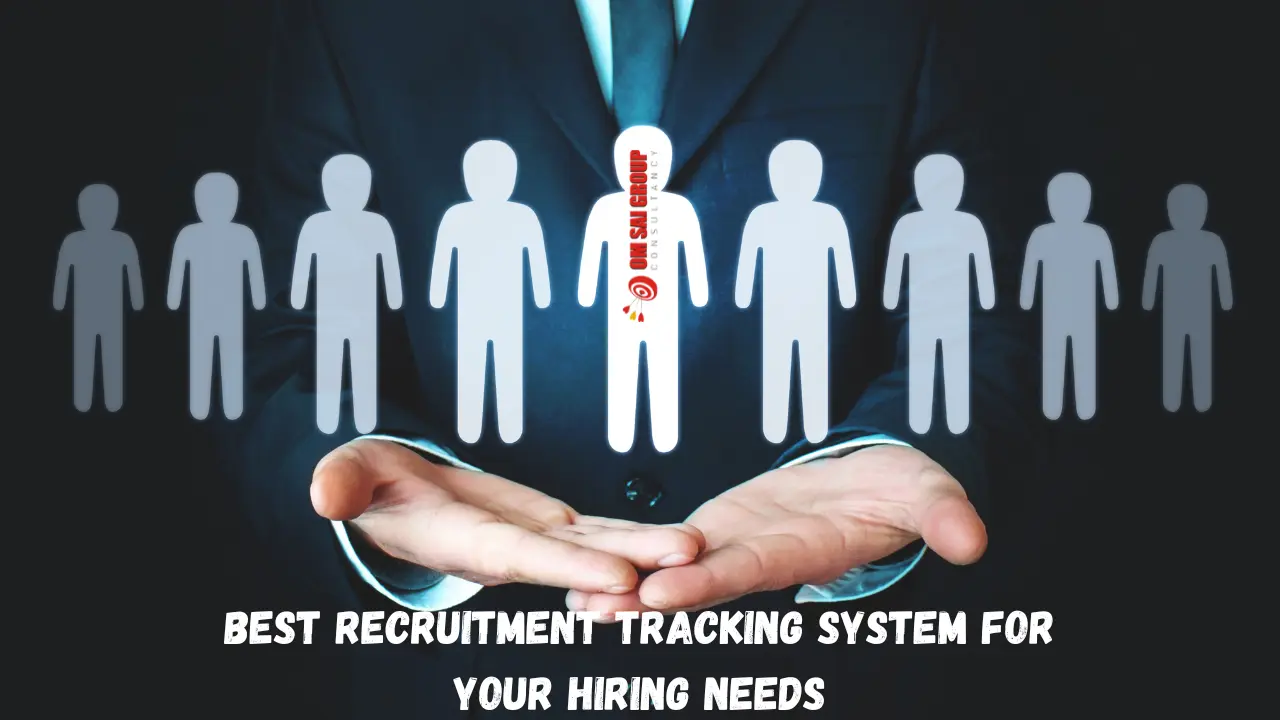
Understanding the Backbone of Smart Hiring in the Digital Age
Transforming Talent Acquisition Through Technology
In the high-stakes world of work today, talent acquisition is no longer a mundane administrative function—it’s a strategic necessity. Organizations in all industries are being compelled to rethink their recruitment processes in favor of solutions that provide speed, accuracy, and scalability. Placement Service At the center of this revolution is a potent digital partner: the recruitment tracking system.
A recruitment tracking system—a sometimes-used term for an Applicant Tracking System (ATS)—is not merely a hiring instrument. It is a comprehensive framework that transforms the way organizations source, evaluate, and bring on board talent. With automated workflows, real-time candidate information, and actionable insights, it assists employers in streamlining hiring pipelines and minimizing time-to-hire.
What makes the tool even more attractive is the advent of free recruitment tracking software. These enable small and mid-sized businesses to tap into advanced recruitment features at little or no initial investment. This technology democratization has radically leveled the talent war playing field.
Why the Traditional Hiring Approach No Longer Works
Time is money—and in hiring, lost time is lost talent. Outdated recruitment practices not only waste HR bandwidth but also raise the stakes of losing top talent to quicker-moving rivals. Recruiters frequently play multiple hats, toggling between spreadsheets, job boards, and email. In this chaos, even the best-qualified candidate can get lost in the shuffle.
With a recruitment tracking system, all candidate information is centralized in one repository. That way, HR professionals and managers can see every aspect of the hiring cycle, from application through offer. That way, they can enforce compliance and data consistency throughout departments, cutting down on redundancies and errors.
For organizations concerned with system compatibility or feature comparisons, a recruitment tracking system PDF can offer detailed breakdowns of product capabilities, integrations, and pricing models. These resources are invaluable when evaluating which tool fits your business needs best. Staffing solutions
The Power of Automation in Recruitment
Imagine having the ability to screen resumes automatically, shortlist candidates according to predetermined criteria, schedule interviews, and create performance reports—all from one dashboard. That’s precisely what contemporary recruitment tracking systems in HRM make possible. These systems introduce order, consistency, and insight into what was previously an uncertain process.
And that is just not limited to automation. Smarter recruitment tracking software now incorporates artificial intelligence to enhance decision-making. They recommend applicants from past hiring patterns, identify areas of talent pipeline gaps, and even measure engagement levels through response times and communication.
One of the HR managers at a logistics company in Pune explained how their shift to a free recruitment tracking system facilitated a reduction of their average recruitment time from 35 days to only 20. The advantage wasn’t speed alone—it was also in the quality of the candidates and the rate of retaining them.
Recruitment Tracking System in HRM: A Strategic Asset

In Human Resource Management, hiring is the initial key step toward long-term employee success. An effective recruitment tracking system in HRM not only enables HR teams to hire effectively but also facilitates the development of strategic talent pipelines. This implies early identification of high-potential candidates, monitoring their engagement, and mapping them to future positions.
HR teams can also create personalized reports to determine where recruitment bottlenecks exist in the recruitment process, measure hiring manager performance, and maximize candidate touchpoints. These are valuable pieces of information in creating an employer brand that will attract best-fit talent. manpower Service
Numerous businesses first review a recruitment tracking system PDF as part of vetting a vendor. Such PDFs usually have side-by-side feature comparisons, ROI estimates, and customer case studies. Decision-makers and HR leaders find them to be an overview of system capabilities and business value.
From Entry-Level to Enterprise: Scalable Solutions for All
Whether you are a startup on-boarding your first ten staff or a multinational company handling thousands of applications, scalability is not an option. The best recruitment tracking solutions scale seamlessly with company expansion. They accommodate multiple job postings, departmental workflows, and segmentation of candidates at a granular level.
Curiously, even free recruitment tracking software now provides enterprise-level functionality—automated follow-ups, collaborative hiring boards, candidate flagging, and GDPR compliance tools. For expanding businesses, this provides a budget-friendly entry into tech-enabled hiring with the freedom to scale as needs change.
Turning Insights Into Action
The real worth of a recruitment tracking system is the fact that it helps raw data become actionable intelligence. With tools like resume keyword scoring, pipeline heatmaps, and source analytics, hiring teams are able to make faster and better-informed decisions.
In today’s post-pandemic era, where hybrid and remote work models prevail, digital hiring tools are no longer a nicety—they’re a requirement. A recruitment tracking system within HRM provides consistency and continuity regardless of where the team works.
Furthermore, systems also offer downloadable reports such as detailed recruitment tracking system PDFs that can be utilized for internal training, vendor assessment, or audit trails.
Your Next Step: How to Choose and Implement a Recruitment Tracking System
Ready to simplify your hiring? Here’s where to start:
- Define Your Needs: Do you need automation, analytics, or multi-user collaboration? Know what issues you need the system to address.
- Explore Options: Reference a recruitment tracking system PDF when comparing tools, pricing, and integrations.
- Start Small: Test a free recruitment tracking system to test usability and team acceptance.
- Tailor Workflows: Set up the system to align with your internal recruitment procedures. recruitment Agencies
- Train Your Team: Make sure all staff members who participate in recruitment know how to use the system effectively.
- Monitor Results: Monitor KPIs such as time-to-fill, offer acceptance rate, and candidate satisfaction to measure impact.
